Mayors Join Auto Industry in Fight to Maintain EV Tax Credit

On Wednesday, 22 mayors issued a letter to members of the House and Senate conference committee that’s attempting to finalize a rushed tax plan before the end of the year, saying the $7,500 electric vehicle tax credit allows them to better pursue clean-energy initiatives within their cities. The current versions of the bill has the House eliminating the credit, while the Senate has voted to keep it. So far, no automaker has reached the credit’s 200,000-vehicle threshold, and the industry — now backed with mayoral might — has pressed the U.S. government to maintain the incentive.
Alright, so it isn’t the power play that will turn the tide. But it does show that there exists a large group outside of manufacturers and EV fans that wants to keep the credits in place.
The primary issue is that electric vehicles, on average, are still more expensive than traditional internal combustion automobiles. Supporters of the credit believe that, by offering the incentive to shoppers, the initial cost is sufficiently offset to a point that makes purchasing an EV possible for a majority of Americans.
In the letter, the gaggle of mayors claim electric vehicles have created over 200,000 automotive jobs in the U.S. while also providing a thrifty and cleaner alternative to gas-burning cars.
“The lifetime cost of ownership of an electric vehicle is significantly lower than that of a traditional internal combustion engine vehicle,” reads the letter. “According to www.fueleconomy.gov, an online resource provided by the U.S. Department of Energy’s Office of Transportation & Air Quality, an owner of a Nissan Leaf electric vehicle saves approximately $4,000 in fuel costs over five years while spending approximately $600 per year for vehicle charging costs. Owning an electric vehicle provides working American families with financial savings that they can put towards other needs.”
While the majority of the 22 mayors represent large and midsize cities occupying the American coastline, a handful hail from more central locations like Louisville, KY, Aspen, CO, and Columbus, OH. However, even if every mayor resided in the EV crazy state of California, they would still find their opinions shared by groups beyond its borders.
Automotive News reported that a similar memo was sent to Senator Orrin Hatch (R-Utah) and House Representative Kevin Brady (R-Texas) from the Electric Drive Transportation Association. The group represents automakers, suppliers, energy companies, and technology firms interested in advancing electrification.
It states that “congress designed the credit this way to promote multiple manufacturers’ investment and to allow the plug-in electric drive vehicle manufacturers to achieve commercial-scale production and the attendant reductions in per unit costs, while maximizing consumer options.”
[Image: Nissan]

A staunch consumer advocate tracking industry trends and regulation. Before joining TTAC, Matt spent a decade working for marketing and research firms based in NYC. Clients included several of the world’s largest automakers, global tire brands, and aftermarket part suppliers. Dissatisfied with the corporate world and resentful of having to wear suits everyday, he pivoted to writing about cars. Since then, that man has become an ardent supporter of the right-to-repair movement, been interviewed on the auto industry by national radio broadcasts, driven more rental cars than anyone ever should, participated in amateur rallying events, and received the requisite minimum training as sanctioned by the SCCA. Handy with a wrench, Matt grew up surrounded by Detroit auto workers and managed to get a pizza delivery job before he was legally eligible. He later found himself driving box trucks through Manhattan, guaranteeing future sympathy for actual truckers. He continues to conduct research pertaining to the automotive sector as an independent contractor and has since moved back to his native Michigan, closer to where the cars are born. A contrarian, Matt claims to prefer understeer — stating that front and all-wheel drive vehicles cater best to his driving style.
More by Matt Posky
Latest Car Reviews
Read moreLatest Product Reviews
Read moreRecent Comments
- Carson D Just don't be the whistleblower who reports on the falsification of safety data. That's a deadly profession.
- Carson D I'd have responded sooner, but my computer locked up and I had to reboot it.
- Todd In Canada Mazda has a 3 year bumper to bumper & 5 year unlimited mileage drivetrain warranty. Mazdas are a DIY dream of high school auto mechanics 101 easy to work on reliable simplicity. IMO the Mazda is way better looking.
- Tane94 Blue Mini, love Minis because it's total custom ordering and the S has the BMW turbo engine.
- AZFelix What could possibly go wrong with putting your life in the robotic hands of precision crafted and expertly programmed machinery?



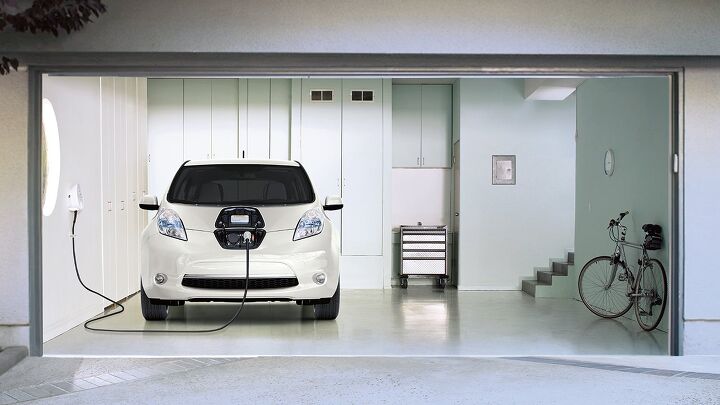














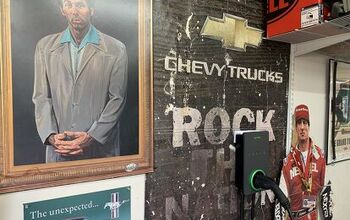

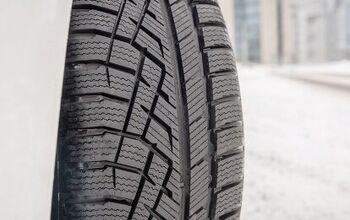
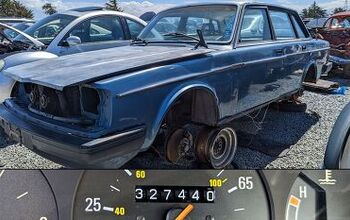
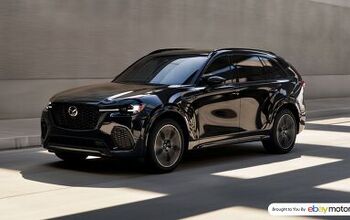

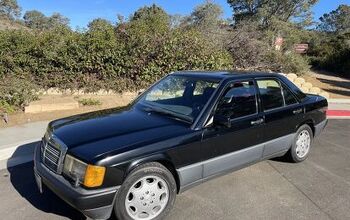
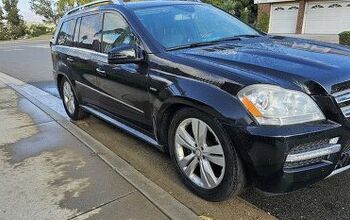
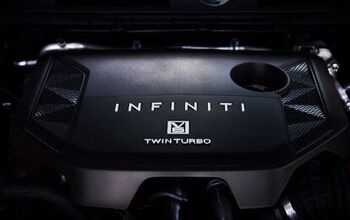
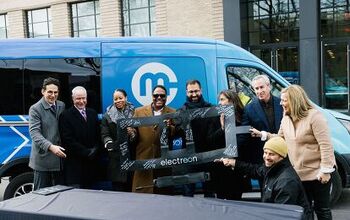
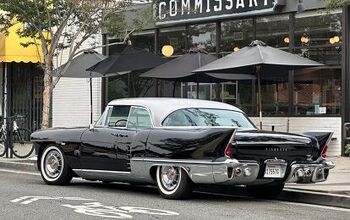
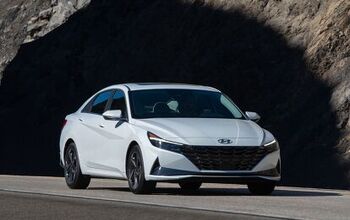

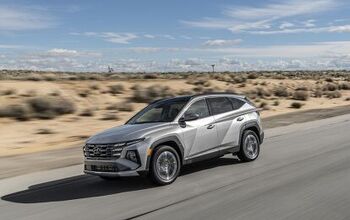
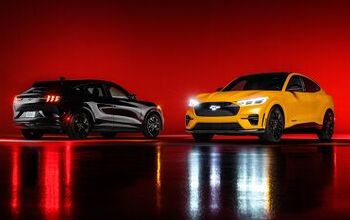

Comments
Join the conversation
99% of the EV tax credits go to the top 5% income earners, so basically it is about helping rich people virtue signal by subsidizing their new EV. As this lobbying illustrates, once a subsidy is in place it is almost impossible to get rid of. Don't be surprised if these mayors, tree-huggers, and Elon start lobbying to get them extended to the first 500,000 units, etc. EVs purchases are almost entirely additions to the fleet size since they are usually purchased as 2nd or 3rd commuting cars, which when combined with fossil generated electricity means they have minimal at best positive impact on greenhouse gas emissions and other pollutants. Yes other industries also get subsidies, which in an ideal world would also be eliminated, but most of these other industries are also net taxpayers because they actually earn profits. EVs are money losers, Tesla pays no taxes. EV owners do not contribute to paying for roads and bridges because they don't pay fuel taxes.
How about making technology agnostic. Change the definition of gas guzzler to 30 mpg combined. 100 X (30 - combined mpg) per year road use tax. civic 30-35 zero fusion 1.5t 30-27 300 fusion hybrd 30-42 zero escape 1.5t 30-26 400 f150 2wd 2.7 30-21 900 So ford adds 48v - electric ac - stop-start to fusion and escape and gg tax goes to zero. cut fuel demand to what we produce here and tell all ME to go F themselves.